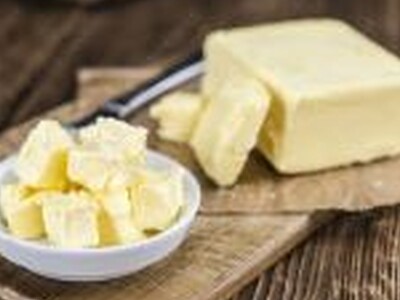Understanding Small Hydro
Understanding Small Hydro. I’m Greg Martin as Line On Agriculture presents the Harvest Clean Energy Report.
When someone mentions hydro power the first thing I think of is a massive dam on a large river that generates a lot of electrical power. But that image is lost when you say small hydro. Exactly what is it. John Crockett is the owner of Crockett Consulting and he says a lot of people really don’t understand small hydro.
CROCKETT: People have real misconceptions. They typically call it low-head hydro. Most small hydro is actually high-head and the power in the water is how much drop you have times how much flow you have. It’s just the product of those two so you see on big dams we don’t have a lot of drop but we have a lot of water coming through those. On smaller projects you typically have more drop than you have water.
Crockett will be a part of a panel discussion of small hydro at the upcoming Harvesting Clean Energy Conference in Boise on the 23rd through 25th of October.
CROCKETT: I’m going to talk about some of the history of hydropower since when PURPA was passed. PURPA stands for Public Regulatory Policy Act of 1978 and what that did was allowed private individuals to sell power to the utility. And that really allowed hydro to be developed.
There was a surge of hydro projects in the 80’s and early 90‘s but it really died down.
CROCKETT: Really what happened to it is there’s only two ways you can produce energy that you need approval from the federal government; one of them is nuclear power and the other one is hydro power. Now days to get permission from Washington DC to put a hydropower project say on a canal drop has turned into a pretty massive exercise to get that approval.
He does feel there is a lot of potential out there for hydro.
CROCKETT: We have some barriers we have to deal with. One of them is the federal government. One of the other things that is quite interesting is now days one of the biggest barriers to a lot of projects is finding good equipment; a good hydropower turbine. We need some good turbine manufacturers right here in the United States.
For additional information on clean energy and the upcoming Harvesting Clean Energy Conference Oct 23-25 in Boise...visit harvestcleanenergy.org. That’s today’s Line On Agriculture. I’m Greg Martin on the Ag Information Network.???www.harvestcleanenergy.org

















